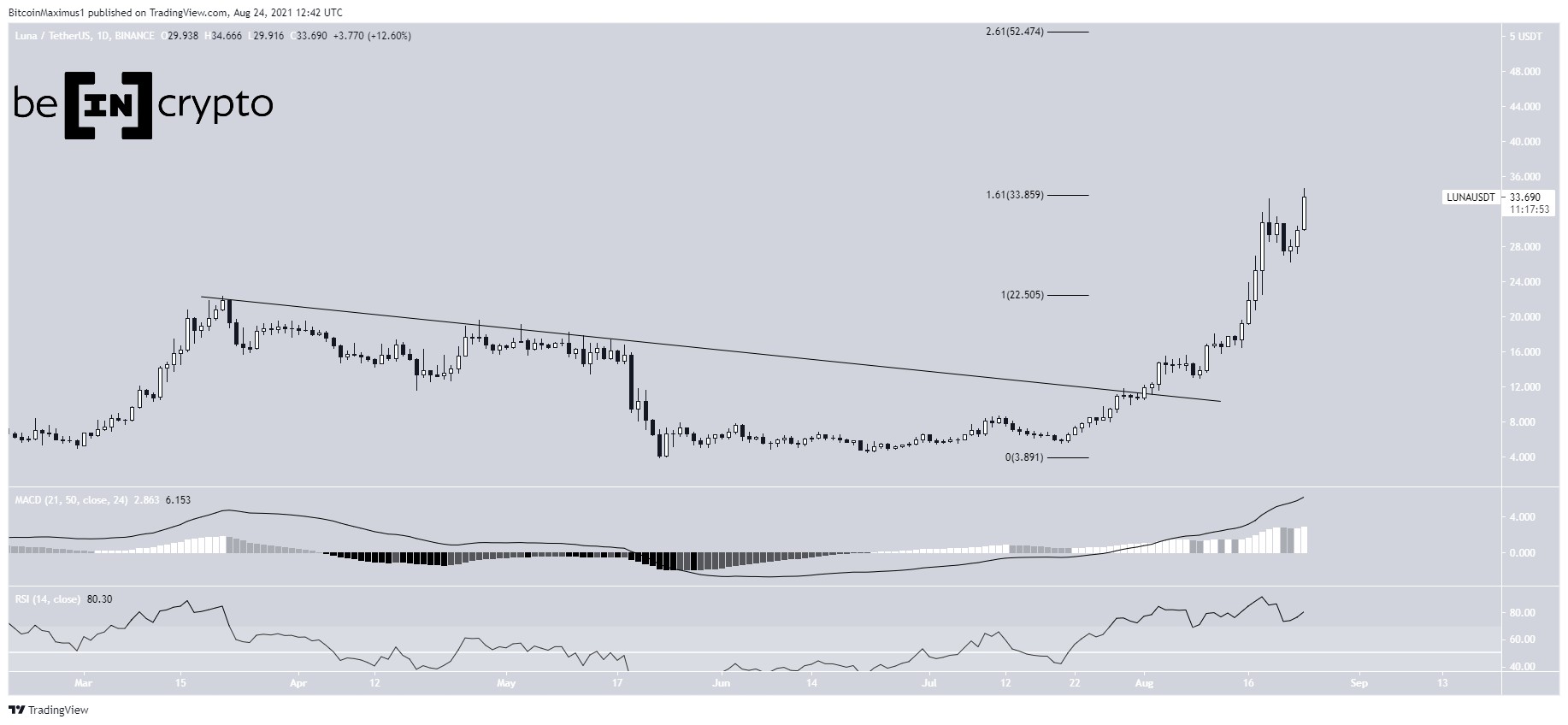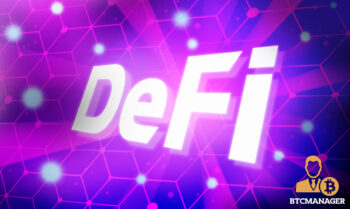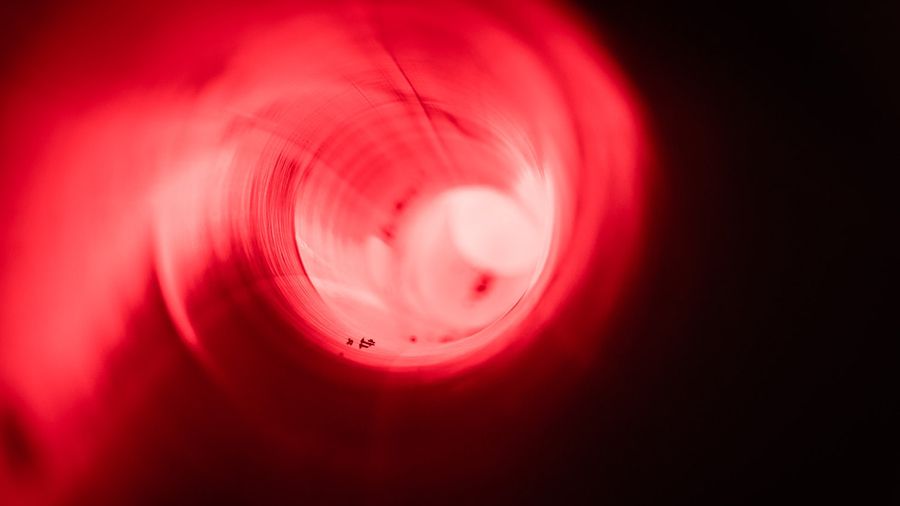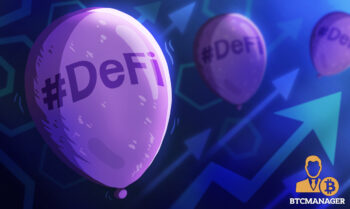2022-5-23 03:00 |
DeFi proponents continue to champion algorithmic stablecoins, despite Terra’s recent collapse and general apprehension around stablecoins.
Following the crash of the stablecoin Terra (UST), supporters of DeFi, specifically algorithmic stablecoins, believe that the future of DeFi hinges on the presence of stablecoins, refusing to write them off.
“An algo stable will exist in the next five to seven years,” says Hassan Bassiri, who works for Arca, a backer of Terra.
Algorithmic stablecoins are a subset of stablecoins, or special digital assets pegged to some fiat currency. To maintain their peg to fiat, stablecoin issuers typically hold funds capable of satisfying large-scale withdrawals from holders wishing to redeem their coins for cash.
At least, that’s the theory.
Algorithmic stablecoins, on the other hand, rely on a mix of smart contracts and computer code to maintain their peg to a fiat currency.
“If you really want to make these things, you have to have this really sharp technical ability but also this crazy wondrous gaze in your eyes,” says Tarun Chitra, CEO of a crypto financial modeling platform, Gauntlet.
Transactional volume key to DeFi and Terra’s collapseTerraform Labs, the company behind UST and Luna, relied on deposits made to the Anchor protocol, a crypto bank of sorts, to maintain the balance between Terra and Luna. Terraform Labs was offering annual yields of 20% to staked Terra tokens, encouraging investors to invest UST with funds made possible by stimulus checks following the COVID-19 pandemic.
High yields depend on large deposits. However, when stimulus money dried up as central banks stopped stimulus schemes, investment in decentralized projects, including UST, began to drop, removing a critical pillar of decentralized finance: – transactional volume into and out of Anchor. Yet, transactions involving UST were happening elsewhere in DeFi.
The first sign of danger for UST occurred when an entity or a group of entities made swaps of UST for other stablecoins USDC, Tether, and Dai using a DeFi protocol Curve. Consequently, this led to a drop in the price of UST from its dollar peg.
When UST fell below its $1 peg, traders could “burn” 1 UST by buying $1 worth of a sister token called Luna, effectively increasing the scarcity of UST, pushing its price back up toward $1. When UST’s value exceeded $1, Luna tokens could be burned to create 1 UST, increasing the circulation of UST and lowering its price.
As UST holders began burning their UST for Luna, which was crashing, more Luna was required to make up $1. The algorithm created more Luna, but this drove the price of Luna down even further, causing more Luna to be needed to make up $1.
Eventually, the perpetual algorithm caused UST to drop to $0.20 on May 11.
The “Sun” will shine againTron founder Justin Sun defended Terra in an interview with Bloomberg recently, admitting that algorithmic stablecoins have problems from which newer projects can learn.
He described Tron’s foray into an algorithmic stablecoin USDD that would function using a similar algorithmic arbitrage mechanism as Terra to maintain its peg to the U.S. dollar. The stablecoin’s peg would be upheld by Alameda Research and Amber Group funding, with yields adjusted based on “market conditions.”
Sun believes in algorithmic stablecoins free from government oversight and does not believe a ban would serve the industry well.
“If tomorrow regulators decide to ban stablecoins, like when China announced a ban in crypto, it would pose great risks to the whole crypto system,” he said. “We must have a stablecoin that is not controlled by a third party outside crypto,” he said in a veiled reference to USDC, the stablecoin issued by Circle.
Not everyone is convinced, however. Ryan Watkins, a co-founder of Pangea Fund Management, a crypto hedge fund, said he thinks the sector is done.
“I was holding out hope that Terra could pivot in time.”
What do you think about this subject? Write to us and tell us!.
The post DeFi Evangelists Still Bullish, Despite Terra Meltdown appeared first on BeInCrypto.
origin »Terra KRW (KRT) на Currencies.ru
|
|











